Breaking silos in Alaska with Rep. Ashley Carrick
February 23, 2024
By Pamela Goldsmith
Anchorage-born and fourth-generation Alaskan, Representative Ashley Carrick holds a strong allegiance to the state bearing her family lineage. She says the choice to represent Alaska is deep-seated in her connection to the region shaped by experiences like scaling mountains in the Chugach with her father, reading at the Healy library in Interior Alaska with her grandmother, and receiving mentorship at the University of Alaska Fairbanks.
“I have really deep family roots across Alaska, having grown up in the state and gone through school there,” Carrick said. “I was always really interested in trying to create change and make things happen [here].”
That commitment to change revolves around Carrick’s vision for the state’s long-term trajectory. As a legislator, she envisions policymakers prioritizing decisions that extend beyond the immediate, focusing on the sustained well-being of Alaska over the next 50 years and beyond.
“I want our policymakers to prioritize the long-term future and not stagger along from year to year when passing legislation or building an annual budget,” said Carrick.
Now a well-known political figure in the state, Carrick traces her journey from the classroom as a substitute teacher in Fairbanks, to roles including a counselor for the Rural Alaska Honors Institute, program coordinator for Alaska’s American Lung Association, executive director for the Tanana Valley Watershed Association, and an adjunct faculty member for the Community and Technical College.
She says her grounding in education and community organizing provided unique opportunities to learn from a diverse range of leaders that equipped her for her legislative role. Receiving a master’s degree in public health in 2020, she built her political platform on advancing the state’s economic future, preserving educational opportunities, and protecting its health and safety.
Carrick’s formal introduction to politics came on the heels of an election when she ran for school board in Fairbanks. Despite defeat, the experience set the stage for her subsequent role as a legislative aide and Chief of Staff for State Representative Adam Wool (D-AK) for six years. Time served with Wool informed Carrick’s knowledge on the state’s relevant issues, opportunities, and challenges while his influence as a business owner and moderate liberal shaped her approach to policymaking, emphasizing common-sense decisions and bipartisanship.
“Ultimately, it was my exposure to these [different] leaders, as well as my passion for the state that confirmed my decision to run for the State House,” said Carrick. “I think the policy bug just bit me. I really enjoyed doing that kind of direct constituent work and problem solving and working on policy. And it [all] really married together nicely — my love for Alaska and my love for making change.”
Representing District 35, Carrick is also one of three of the first openly LGBTQ Alaskans to serve in the state Legislature in the body’s 60-year history. She says that while representation is important, it’s not why she ran.
Transitioning into her role as a state legislative member in 2023, Carrick, along with 16 other freshmen lawmakers joined together to form their own caucus, sustaining minority and majority caucuses within Alaska’s state Legislature. Representing diverse political backgrounds — from Independents to Republicans to Democrats — Carrick says the group of lawmakers were intent on seeking common ground while navigating the dynamics of majority and minority caucuses.
“We met regularly, at least once a week in [our] freshman caucus,” Carrick said. “We talked about legislation together. We talked about working within our caucuses. It really helped to change the traditional power dynamics in both caucuses — majority and minority.”
Alaska’s unique political terrain, particularly in its House of Representatives, contributes to the natural occurrence of bipartisanship. With a tripartisan structure, Alaska’s Legislature is divided between the Senate and the House of Representatives. Its House of Representatives comprises 40 members, including 22 Republicans, 13 Democrats, one independent, and four non-affiliated members in terms of political parties. Alaska’s non-affiliated Representatives are not registered with a political party.
“So, the basic nature of work in the Alaska Legislature is bipartisan and there’s so much working across party lines that happens just naturally as a part of the way our caucuses are structured,” Carrick said.
Among her key pieces of legislation introduced is HB 17, a bipartisan effort supported by co-sponsors Rep. Jesse Sumner (R), Rep. Rebecca Schrage (I), and Rep. Alyse Galvin (I) aimed at extending the Affordable Care Act’s contraceptive coverage mandate. Carrick navigated challenges associated with the topic of birth control, reframing the discussion as an insurance bill rather than focusing on contraceptive coverage. It proved instrumental in gaining additional bipartisan support — advancing the bill to the house floor, where it currently awaits committee deliberation.
Carrick said. “I was able to work with a lot of conservatives and just talk about the fact that this, really in its essence, is an insurance bill. We’re talking about this bill, birth control and contraceptive coverage, but it’s a bill about access to insurance.”
Carrick acknowledges challenges posed by Alaska’s semi-urban and rural communities, which can inadvertently foster political echo chambers, at times making bipartisan efforts difficult.
“It’s really easy to get into our own silos of thinking and communicating with people who share our specific perspective,” Carrick said.
She’s made a concerted effort to connect with all the precincts in her district, even those that didn’t support her in the election cycle. She also stresses the importance of gestures like getting together socially with lawmakers from other caucuses and party affiliations.
In 2023, Carrick took a strong stance on the state’s education funding — Senate Bill 52 — an issue legislators broadly agreed upon. Though it passed the Senate and would have used the state’s education funding formula to significantly increase the Base Student Allocation permanently, the bill did not pass by the end of the legislative session.
In her first speech on the House floor, Carrick spoke passionately about Alaska’s statement in its constitution to establish and maintain an educational system that supports all of Alaska’s children.
Carrick and lawmakers on both sides of the aisle advocated for approval of $175 million in one-time school spending outside the state’s normal funding formula. The governor then vetoed half of those extra funds.
Despite efforts of House Republicans joining minority members to vote in favor of the funding boost for education in 2023 and work in January 2024 to sustain a vote on overriding the veto, they were unable to overturn the budget. The bill is currently with the House Finance Committee.
Carrick expressed her disappointment, sharing, “Our annual operating budget for this year fails to adequately invest in the most precious resource we have: the next generation of Alaskans.”
It’s an issue she maintains she’ll continue to fight for, saying “I wanted to serve in the Alaska State House because I truly believe in the long-term future of our state and [its] future generations.”
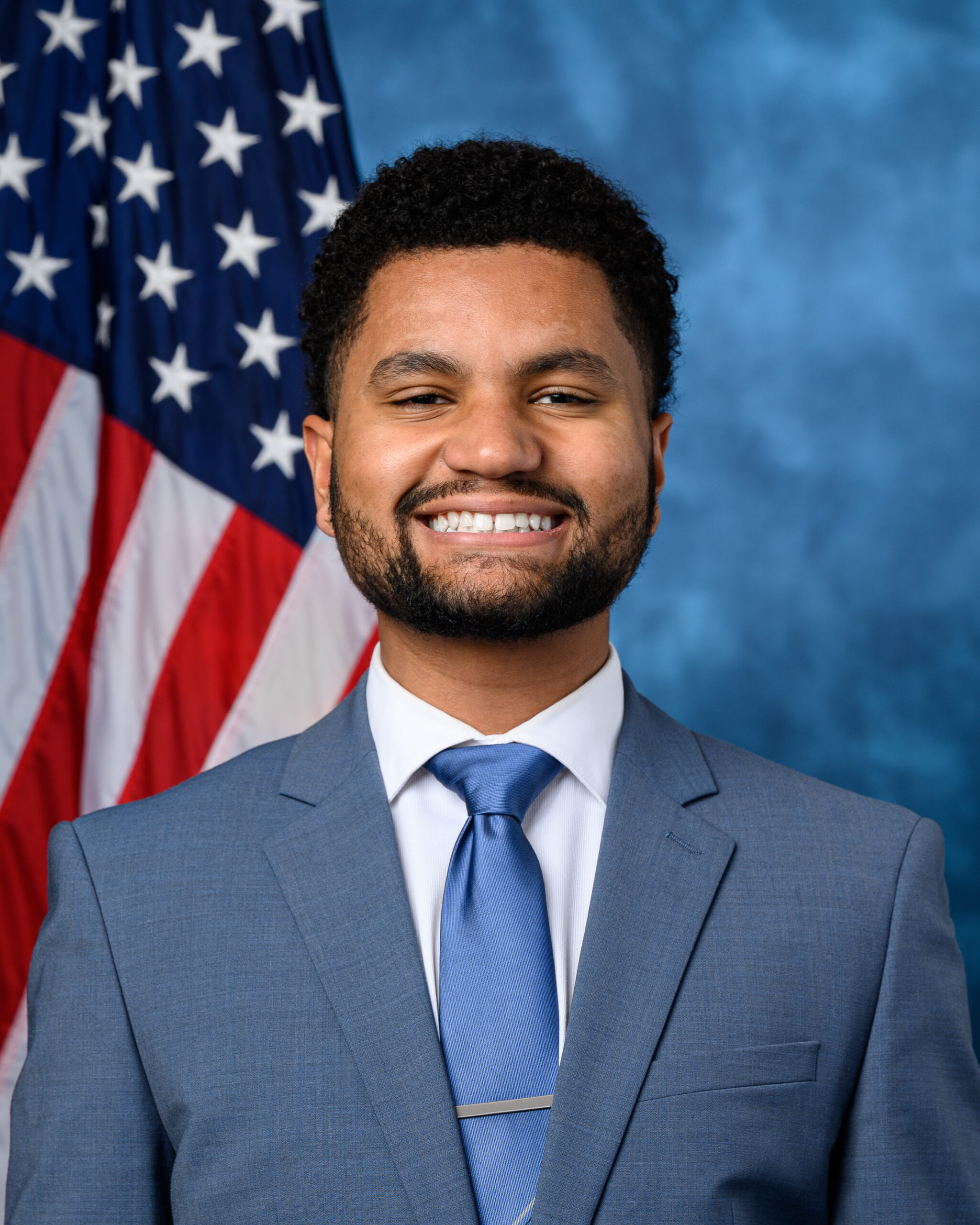
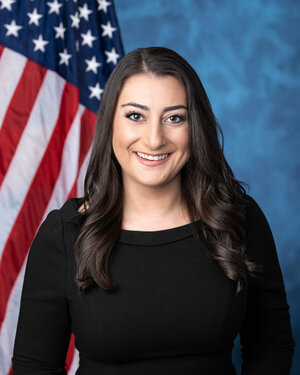

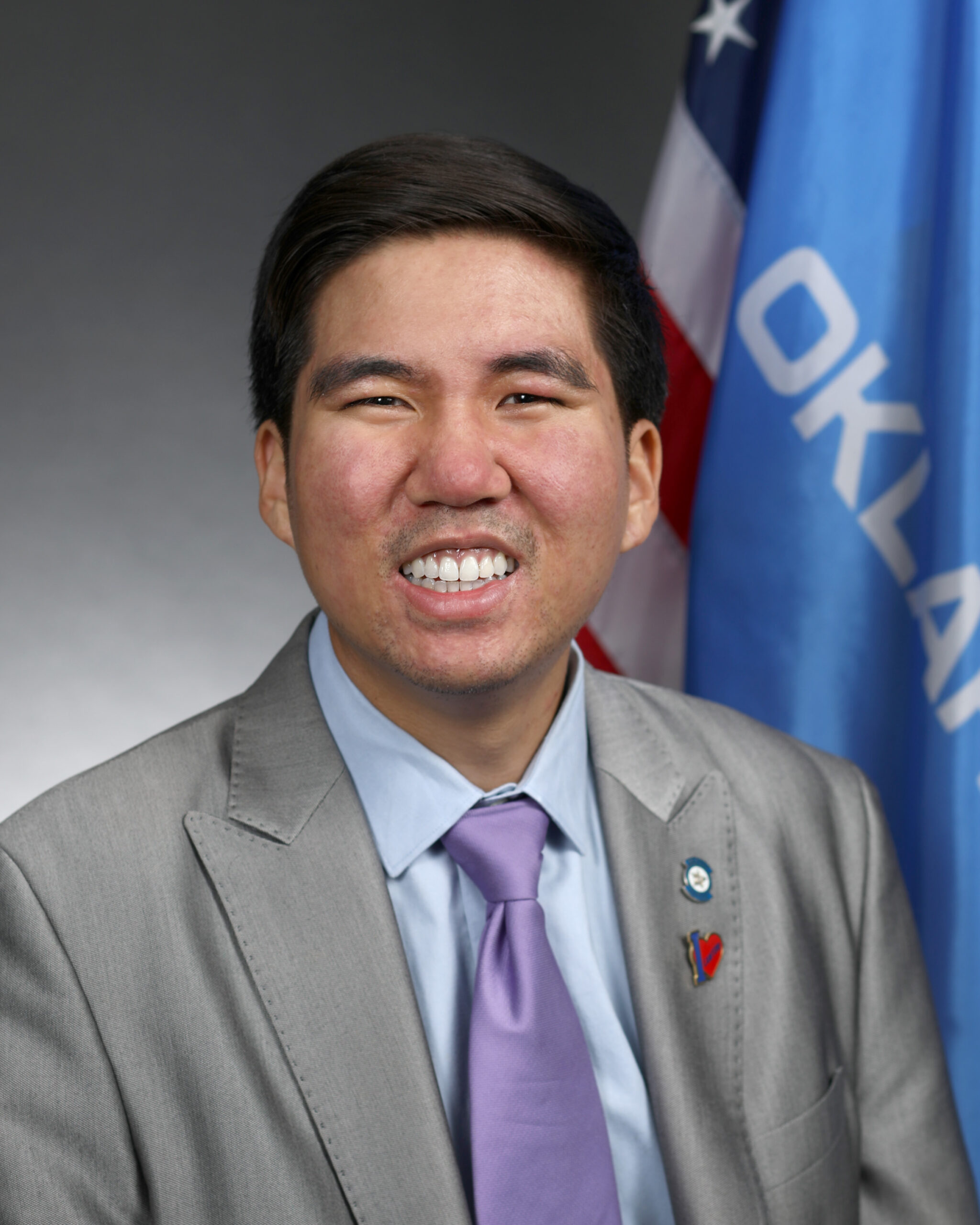
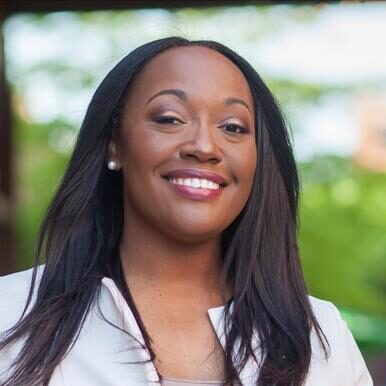
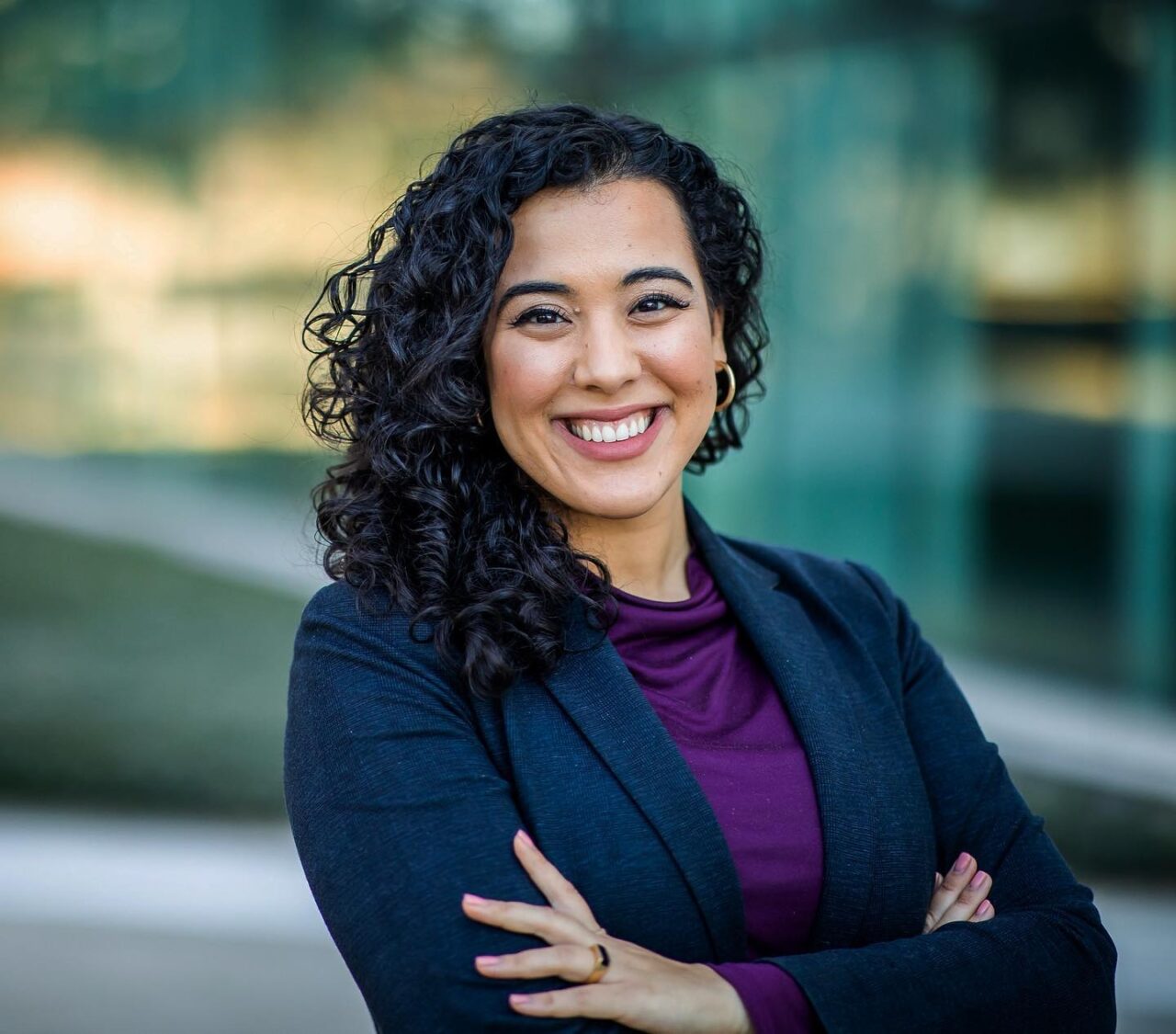
Join 1,900+ BIPARTISAN LEADERS NATIONWIDE
Be a part of a network of lawmakers committed to governing effectively, passing more representative public policy, and increasing public trust in democracy.